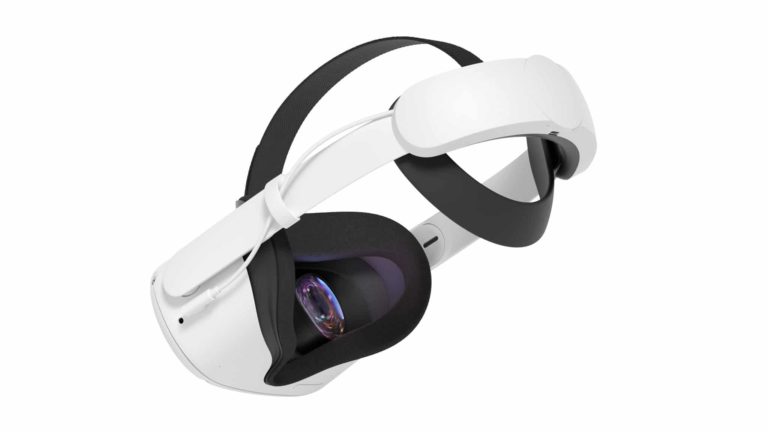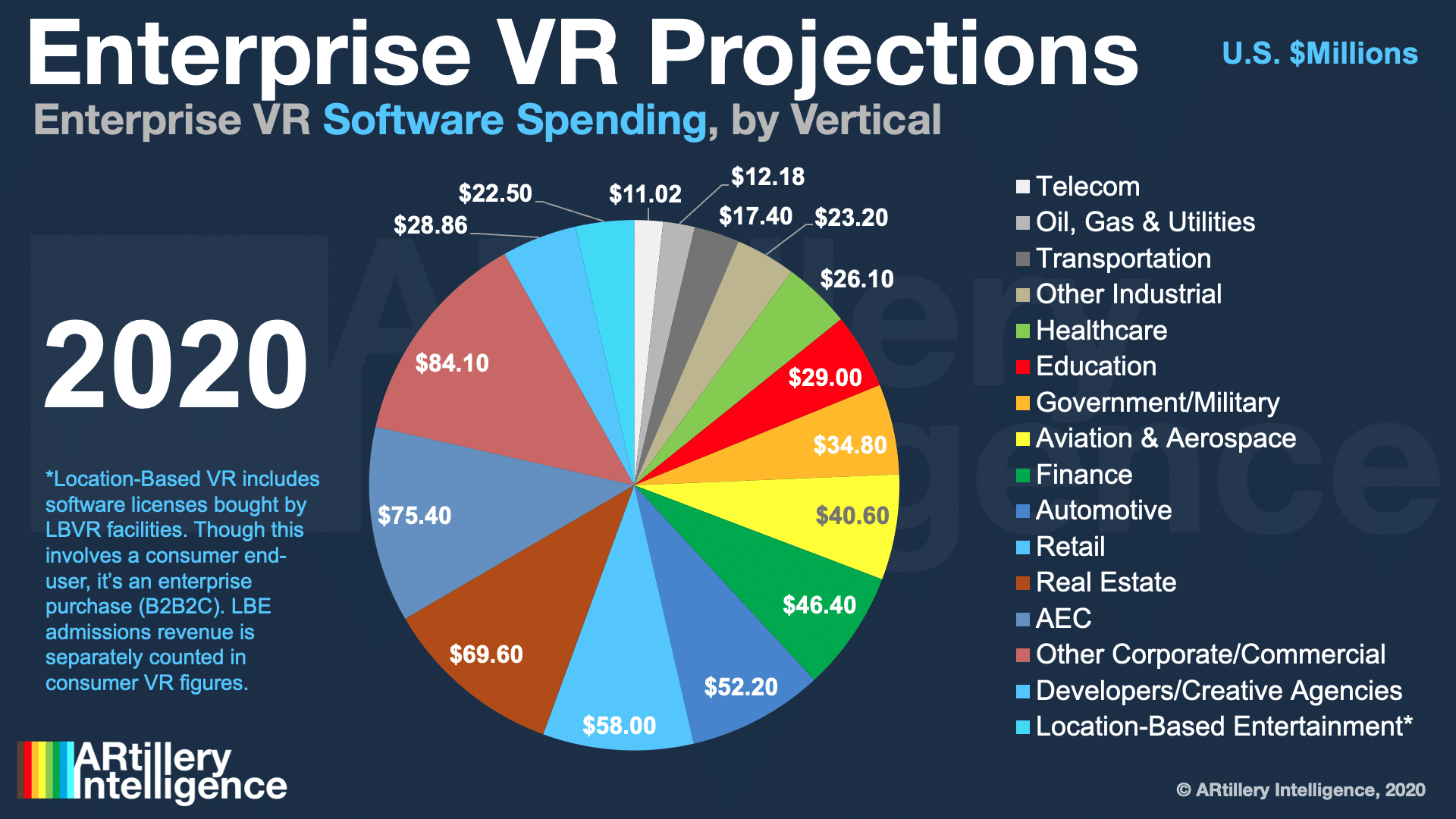
Though VR is driven primarily by gaming, it will diversify into several other use cases in the coming years. This is a common path for emerging tech, which often finds its way to utilitarian endpoints. Consider the web’s killer apps: boring things like publishing and communications.
VR’s immersive qualities will help it maintain its course in entertainment, but it will also broaden. We’re already seeing that in areas like design and data visualization. And though it won’t be the be-all platform shift it was once touted to be in 2017, VR will find value in targeted verticals.
One vertical where it’s taking root is finance. As we’ve examined, and as shown by innovators like Flow Immersive, VR has native applicability to data visualization by stepping into immersive 3D data fields. It helps that 90 percent of finance pros are working remotely these days.

Confidence Boost
VR adoption in finance is playing out in a few ways. In addition to data visualization, it’s being used to train finance pros for sales effectiveness. This comes after VR training has mostly been used in verticals such as medicine (surgical simulations) and retail (see Walmart’s program).
For example, PwC and American Express use VRtuoso’s VR sales training app, and report that participants have 3x more confidence in their knowledge retention than e-learning benchmarks. Moreover, it reports that its VR workshops are 1/8 the cost of classroom-based sales training.
In the aggregate, PwC estimates that banks can save up to $1.5 trillion by 2030 by integrating immersive technologies in training and other functions. Separately, Deloitte has estimated that 19 percent of British firms have invested in AR and VR last year and 31 percent will do so in 2021.
Both of the above projections bring AR into the picture. Having less immersion but more real-world orientation, AR allows for collaborative sessions. UBS has tapped into other AR use cases like Hololens-powered trading floor simulations (think: floating tickers) for remote financial staff.

Far-Flung Collaborations
As for other VR examples in the finance vertical, Fidelity International holds VR internal meetings to bring more immersive collaboration to remote employees. After seeing the benefits, its next move is to deploy VR for client interaction — something Deloitte Digital is already doing.
This “top-down” adoption isn’t always successful and will require the buy-in and active participation of those clients. But there also could be demographic and psychographic alignment with VR, given the financial status and (sometimes) tech-savvy of investment banking clients.
Either way, the time is right for these VR activations. As noted, most of the finance field is fortunate enough to work at home, given that it’s engaged in knowledge work. And in the post-Covid hybrid workplace, VR will continue to address demand for far-flung collaboration and data analysis.
Beyond finance, VR enables remote work in other verticals. Though Covid restrictions retracted 2020 hardware supply, demand hasn’t receded in enterprise and consumer markets. Facebook has also beefed up its supply chain to meet Quest 2 demand, so 2021 could be a banner year.

